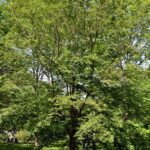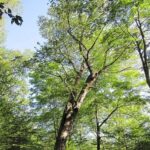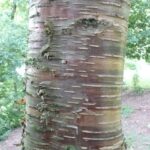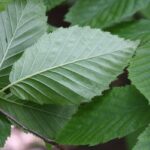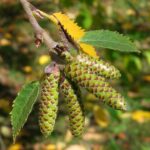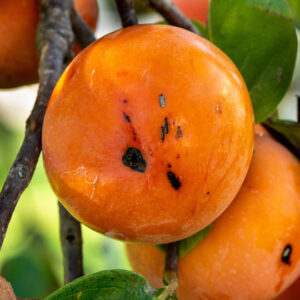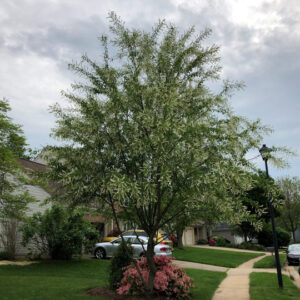The Yellow Birch, scientifically known as Betula alleghaniensis, is a beautiful deciduous tree native to eastern North America. It is known for its distinctive yellowish bark, which peels in thin, papery layers, and its graceful form. Here are some key features and care tips for the Yellow Birch:
-
Appearance: It has a pyramidal or oval-shaped crown and attractive, glossy green leaves that turn a vibrant yellow in the fall. The bark starts off reddish-brown when young and gradually develops into a yellowish color with age, peeling in thin, horizontal strips.
-
Watering: The Yellow Birch prefers consistently moist soil, especially during dry periods. Regular watering is important, particularly during the tree’s establishment period. Mulching around the base of the tree can help retain moisture and regulate soil temperature.
|
Type: |
Tree |
|
Origins: |
Northeast N. America |
|
Height: |
70’ – 80’ |
|
Spread: |
60’ – 80’ |
|
Spacing: |
70’ |
|
USDA Hardiness Zone: |
3 – 7 |
|
Culture: |
Full Sun, Part Sun |
|
Bloom Color: |
Yellow |
|
Season of Interest: |
Fall, Year-Round |
MAINTENANCE NEEDS: Low maintenance. Weakened birches are vulnerable to the bronze birch borer which can be fatal. Stem canker, aphids, and birch skeletonizer may occur. Mulch to keep root zones moist and cool.
LANDSCAPE USES: Specimen planting or Grove, Wetlands and ponds, Woo dland Garden, Naturalized Areas, Native Garden, and Shade Tree.
COMPANION PLANTS: Sweetflag, Buckeye, Tea Berry
IMAGES: Photo by Plant Image Library, Betula alleghaniensis (2) Chris M., Form, CC BY-SA 3.0, (3) Anneli Salo, Betula alleghaniensis Keltakoivu Gulbjörk C IMG 6147, CC BY-SA 3.0, (4) Krzysztof Ziarnek, Kenraiz, Betula alleghaniensis kz1, CC BY-SA 4.0, (5) El Grafo, Betula alleghaniensis ÖBG 10-09-29, CC BY-SA 3.0, (6) Liné1, Betula alleghaniensis 01 by Line1, CC BY-SA 3.0, (7) Photo by Nicholas_T, Foliage Walk (15)
*As plants have ranges in appearance they may not appear as the images shown.

